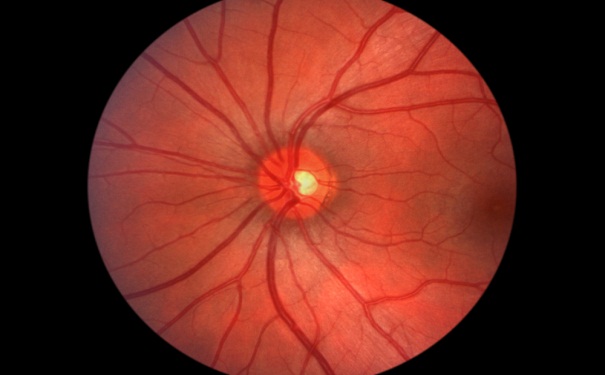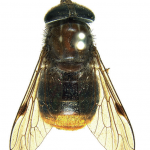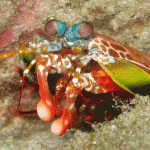
The retina and optic nerve inside a healthy human eye. Image: Shutterstock
Identification of rogue immune cells has given macular degeneration sufferers hope.
Scientists from the Vision Centre and the Australian National University have revealed that light-damaged eyes can invoke an out-of-control immune response, causing macular degeneration. Macrophages- white blood cells which usually eat dead or invading cells- invade the retina and leave behind proteins that kill light-sensitive cells.
The macrophages then clean up the remains. Dr Jan Provis, the leader of the research team, said “It seems odd that these cells are adapted to turn a light signal into something the nervous system can work with, but that they can be damaged by this process.
“It could be oxidative stress- these cells use a lot of oxygen- but it’s not proven.”
By studying the light-damaged eyes of rats, the research team found that a damaged retina increases its production of CcI2, a molecule that attracts macrophages. Dr Provis explained that they decided, after another study, to see which immune system associated genes were modified by particular variables, such as bright light.
“Ccl2 was one of those – there are others in this gene family that we still need to look at, but Ccl2 was most strongly regulated by light, in that particular analysis. So we then set out to see which cells in the retina were expressing the Ccl2.
“We did this by looking for cells in the retina expressing the messenger RNA for Ccl2. We found that it is the Müller cells – these are glial cells (not nerve cells) which support retinal function and respond to stressors in a variety of different ways.”
The macrophages then bring in another molecule, C3, and deposit it among the photoreceptors. “C3 is a key protein because it is the first step in the formation of a protein complex called “Membrane attack complex” (MAC), which is made up of downstream complement proteins (C5b-C9).”
“Once this complex is formed and deposited on a cell surface, the cell is destined to die. The complex causes holes to form in the cell membranes, fluids leak out and different ions move in/out of the cell, killing it.”
The macrophages then eat the cell debris. They also express more Ccl2, increasing recruitment and the C3 deposition process.
Identifying this process has provided a path for treating the disease, either by targeting Ccl2 or C3. Dr Provis said that good pilot data has suggested that a brief exposure to 670nm light will “˜downregulate’ the Ccl2 , but they haven’t finished the tissue analysis.
“If this works it will provide a simple, non-invasive, and inexpensive early intervention strategy. We are also look at using a modified-virus protocol to block the C3.”






